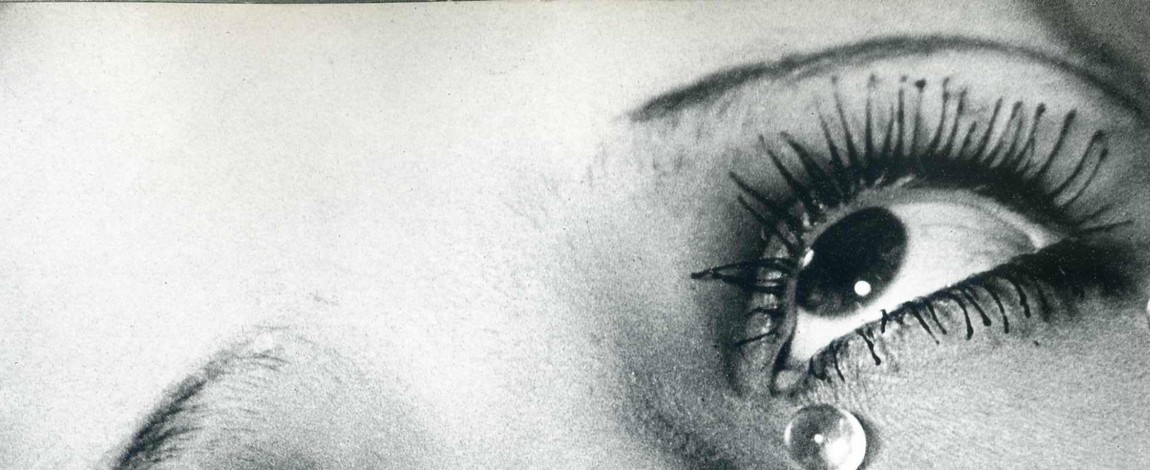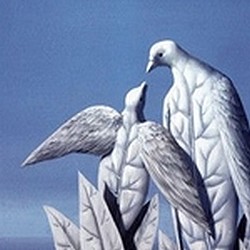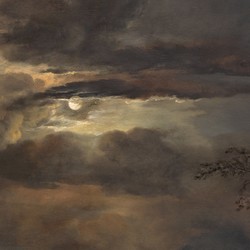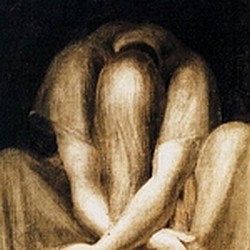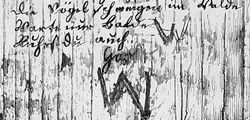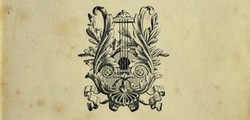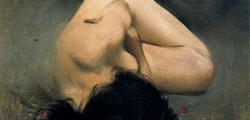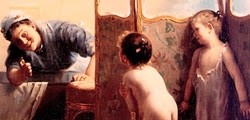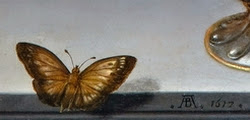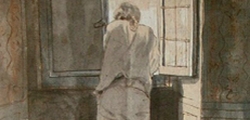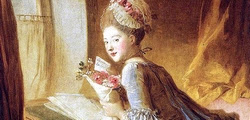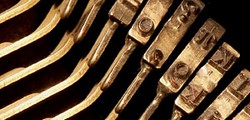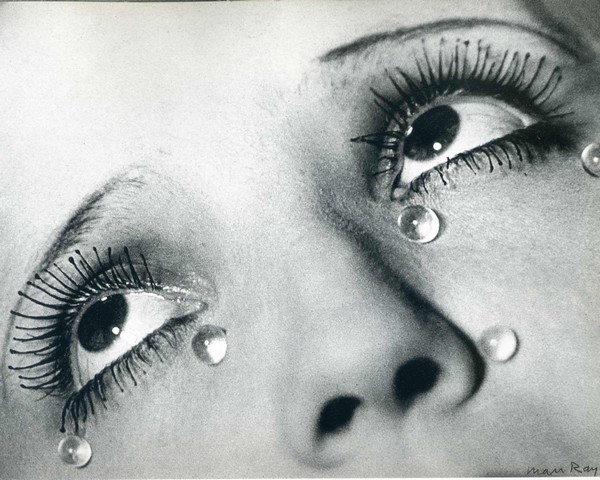
Nadia Boulanger gave her first music lessons at her sixteen, when she was still a student. This pedagogical side was the most significant of his career, which lasted more than 70 years. However, Boulanger was also an organist, pianist, conductor, and composer, although her compositions are from a brief period in her life.
Nadia Boulanger was born in 1887 in Paris, into a musical family, and had the best possible musical education; among his teachers was Gabriel Fauré, a family friend and admirer of the gifted girl; her talent made that careful training yield the best results. She began writing her first pieces at the age of thirteen or fourteen, nourished by teachers such as Fauré and pianist Raoul Pugno, with whom she would write several works. However, despite she won in 1908 the second Grand Prix de Rome, she didn't consider herself a composer; she believed the family's true composer was her six-year-old younger sister Lili; she gave her full support and tried to remain in the background. When Pugno died in 1914 (Lili had won the first Grand Prix the previous year), Nadia gradually gave up composition. Lili died in 1918, at the age of twenty-four, and then Nadia practically stopped composing; her last works are from 1922.
She wrote about thirty songs between 1901 and 1922. She composed the only three songs with a poem by Heinrich Heine in 1909, which were published in German and French. I chose one of them, Was will die einsame Träne [What does this solitary tear mean?], for our series The Buch der Lieder and ten composers. We find the poem in the third part of the collection, Die Heimkehr; it's the poem No. 27; to locate it among other Lieder, it's between Der Atlas (n. 24, Schubert) and Schlechtes Wetter (n. 29, Strauss). It tells us of a lonely tear that is the last vestige of an old love; despite the pleas of the poetic voice, it resists flying away, as the sadness and joy of that love and even the rest of the tears did. Boulanger's song is much more passionate than Robert Schumann's best-known musical version (included in Myrten), which is calm and contemplative; in this case, the first stanza is equally calm, but the musical intensity rises throughout the four stanzas, until it reaches the climax in the final verses.
The performers of Was will die einsame Träne are tenor Alek Shrader and pianist Lucy Mauro. I hope you like this early work from one of the most influential figures in 20th-century music.
Was will die einsame Träne?
Sie trübt mir ja den Blick.
Sie blieb aus alten Zeiten
In meinem Auge zurück.
Sie hatte viel leuchtende Schwestern,
Die alle zerflossen sind,
Mit meinen Qualen und Freuden
Zerflossen in Nacht und Wind.
Wie Nebel sind auch zerflossen
Die blauen Sternelein,
Die mir jene Freuden und Qualen
Gelächelt ins Herz hinein.
Ach, meine Liebe selber
Zerfloß wie eitel Hauch!
Du alte, einsame Träne,
Zerfließe jetzunder auch!
What does this solitary tear mean?
- it so blurs my gaze.
It has lingered since long ago
behind my eye.
It had several shining sisters,
which have all flown away
with my agonies and joys,
flown away in night and wind.
Like mist have also faded away
the blue little stars
through which my joys and agonies
were smiled into my heart.
Alas, my love itself
has vanished, like a vain breath!
You old, lonely tear,
flow down then and be gone!
(translation by Emily Ezust)


